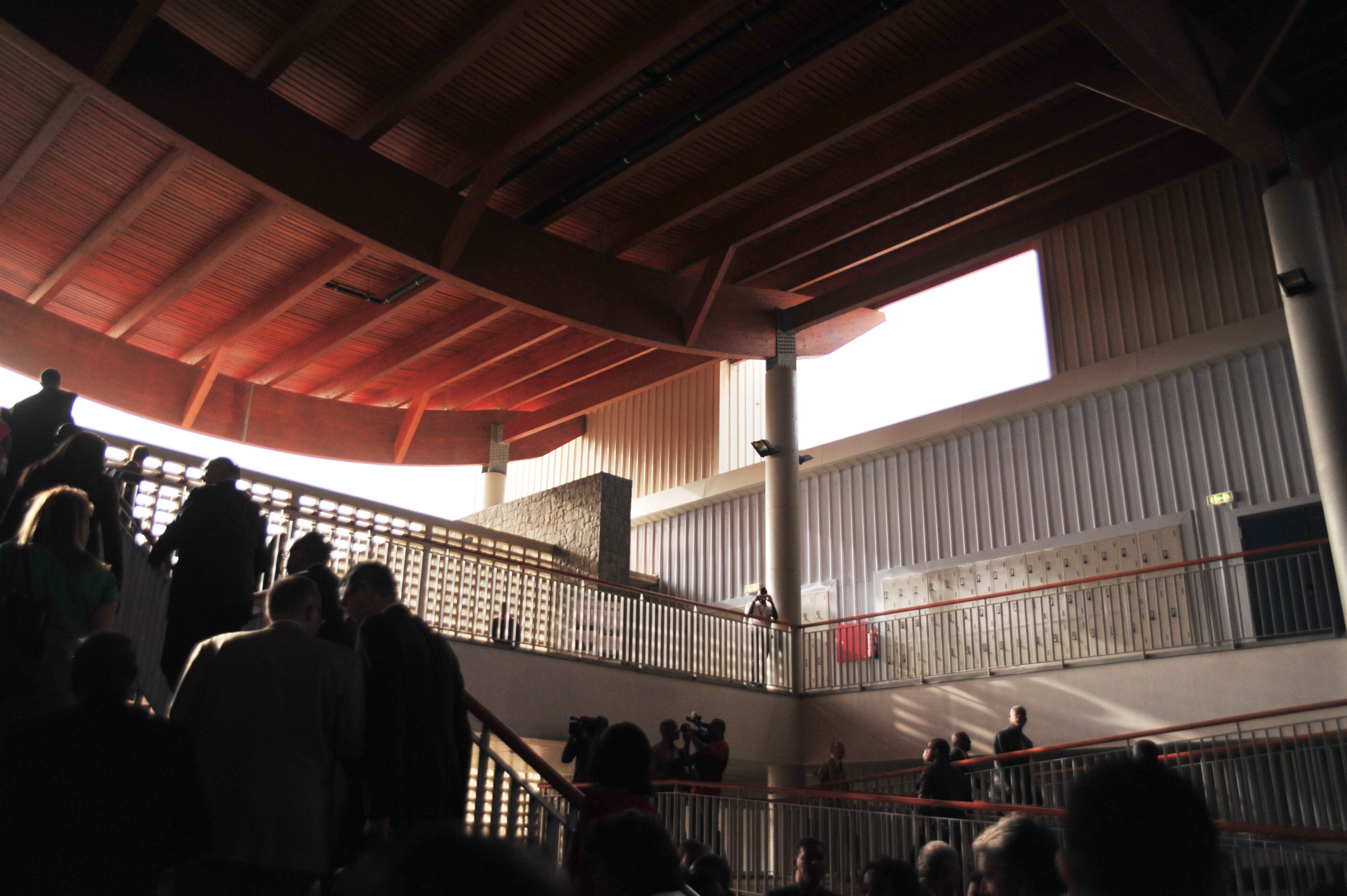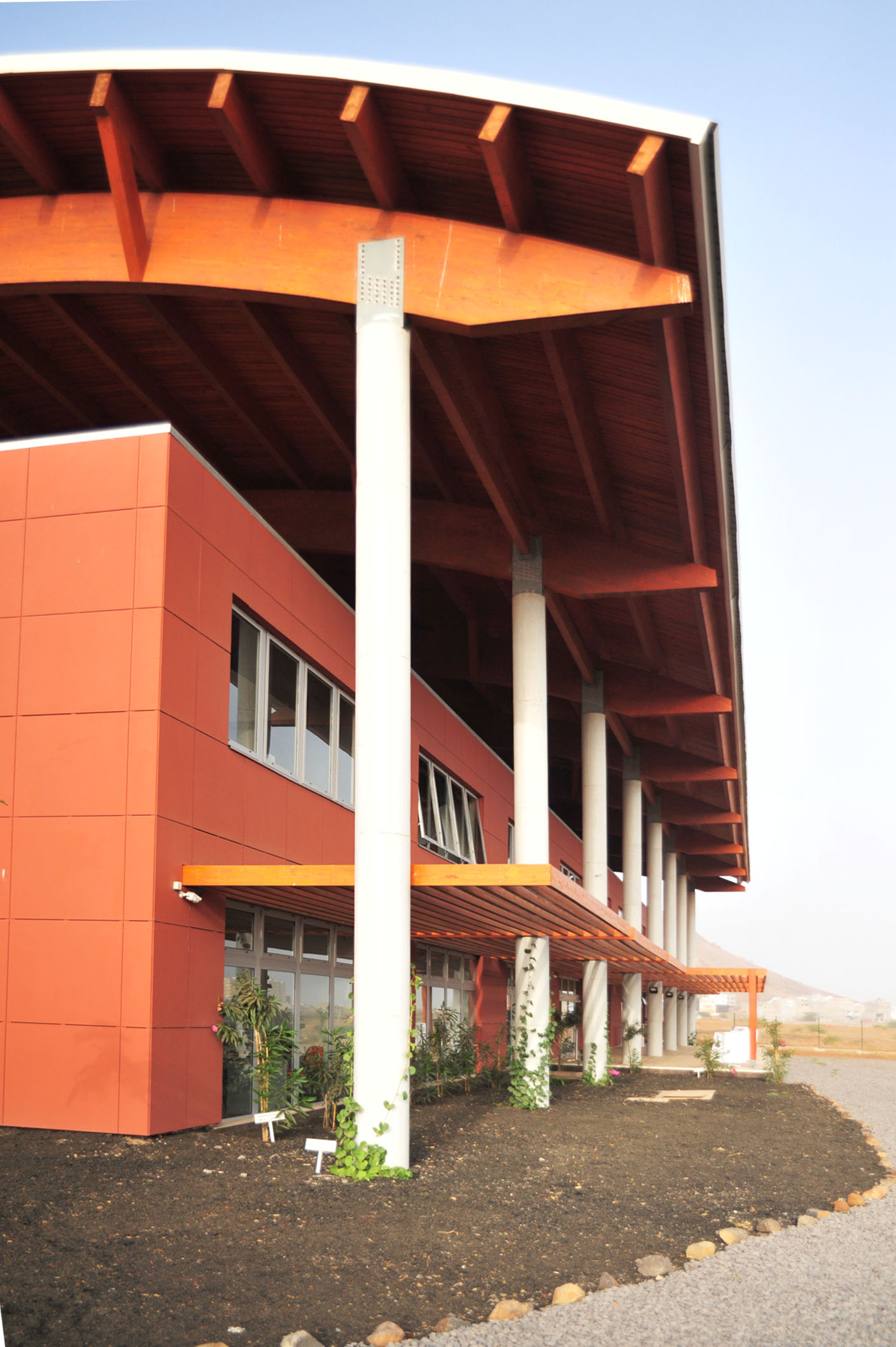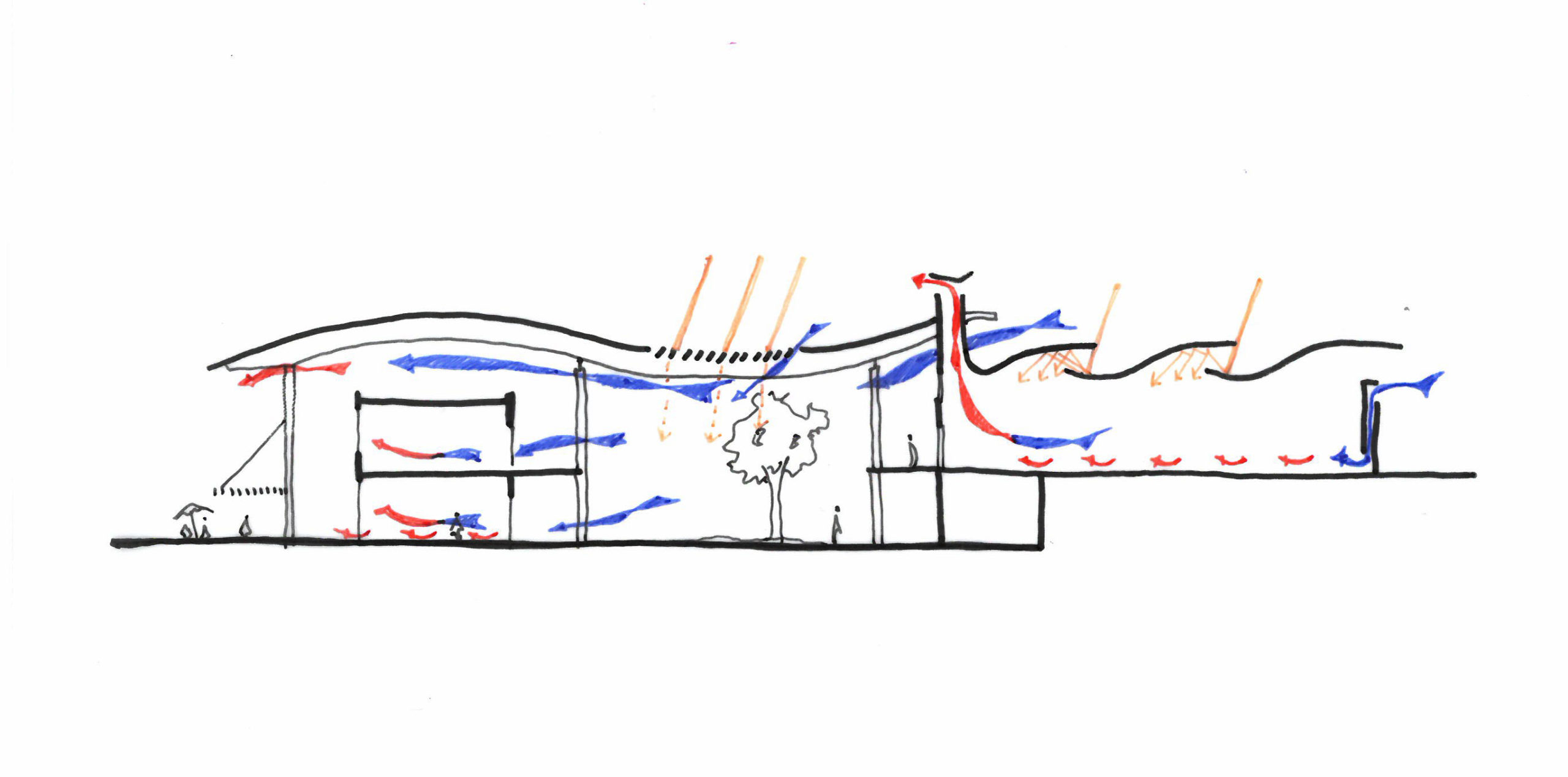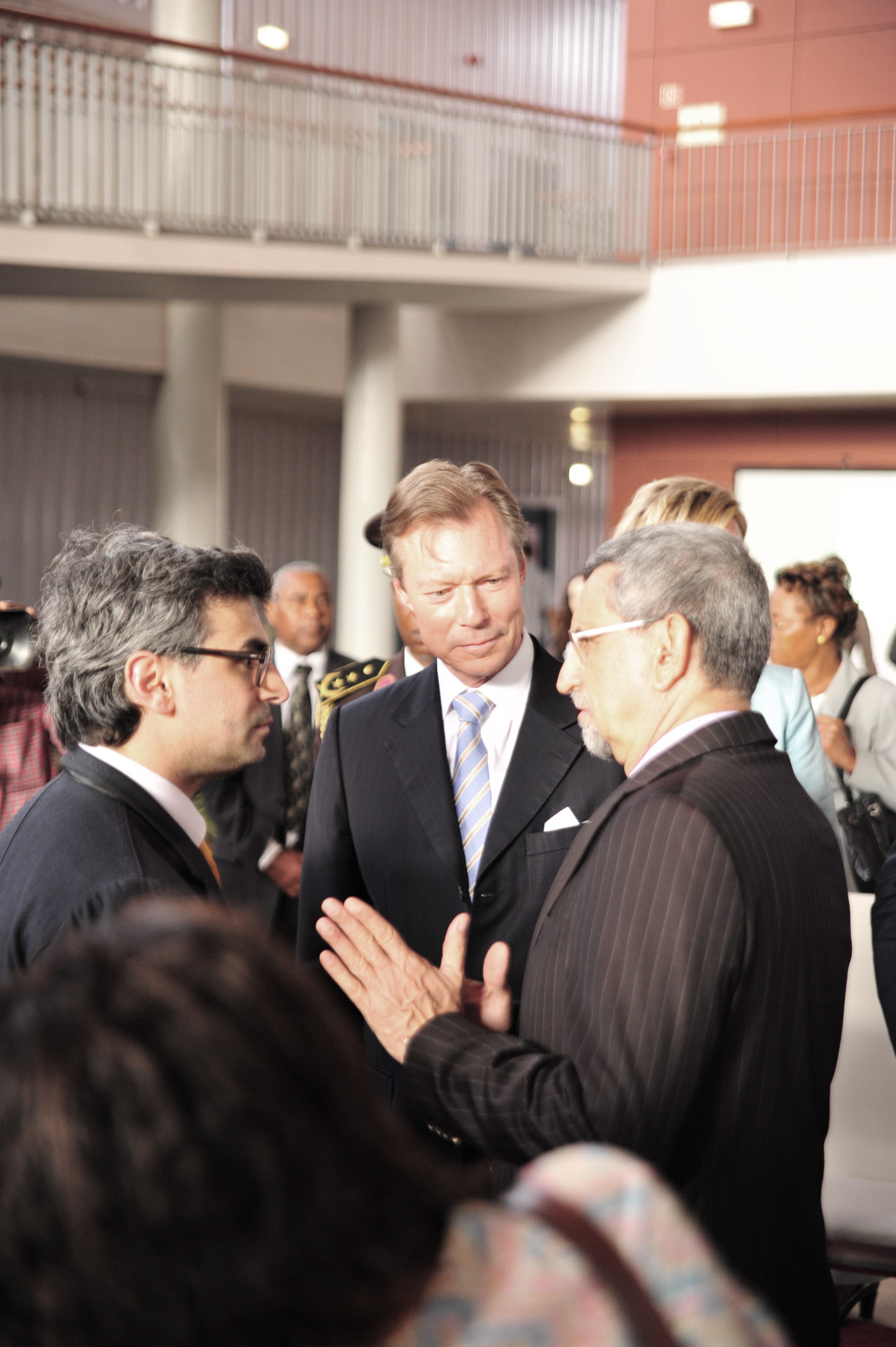At the beginning of this project, a main idea guided our concept : the profound influence of the local context. Cape Verde, with its unique blend of culture, climate, and natural conditions, presented an undeniable essence that we were eager to integrate into our bioclimatic learning center project. From the outset, our commitment has been to harmonize with and contribute to the distinctive character of this captivating environment.
This website uses cookies so that we can provide you with the best user experience possible. Cookie information is stored in your browser and performs functions such as recognising you when you return to our website and helping our team to understand which sections of the website you find most interesting and useful.








